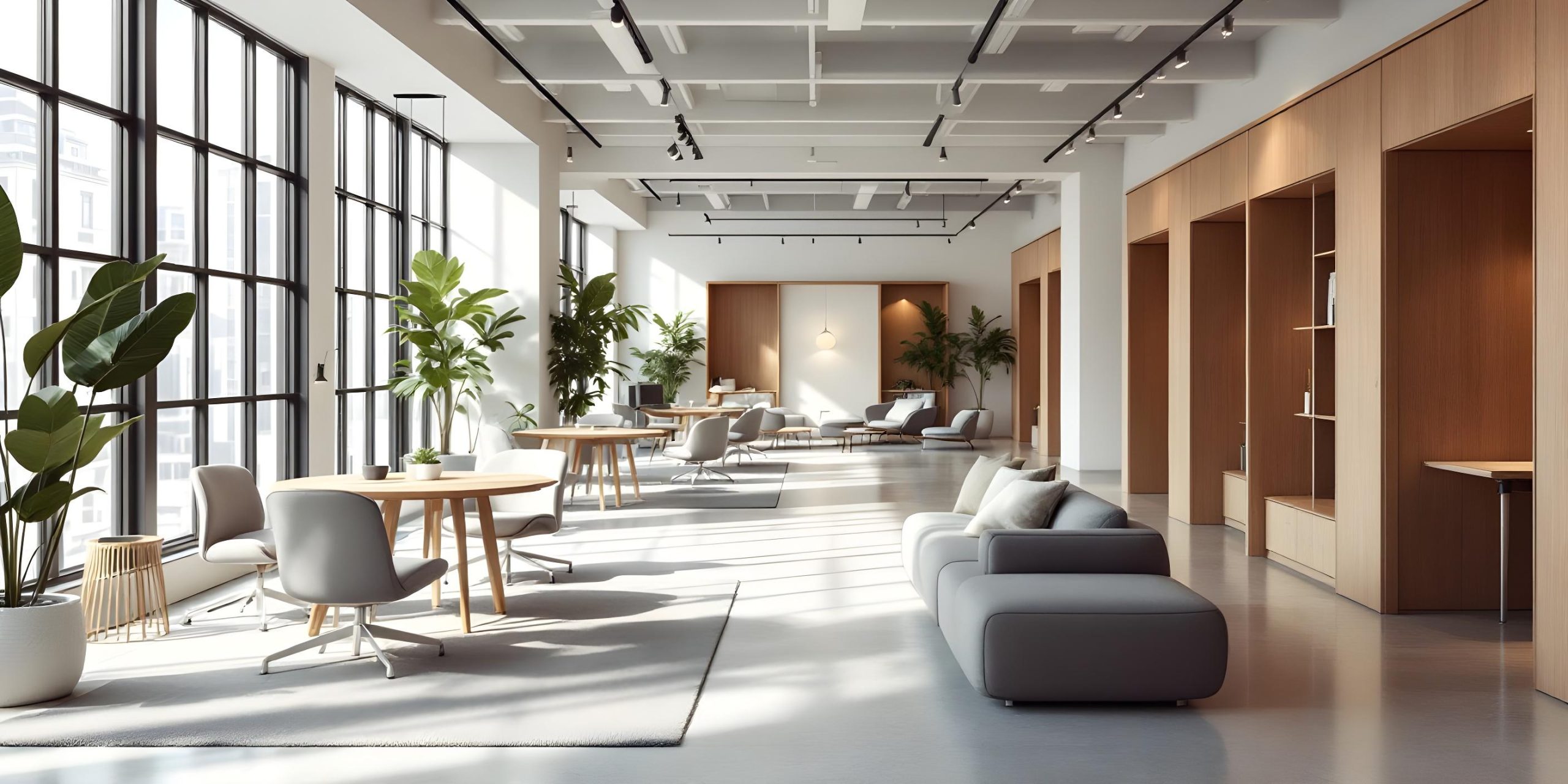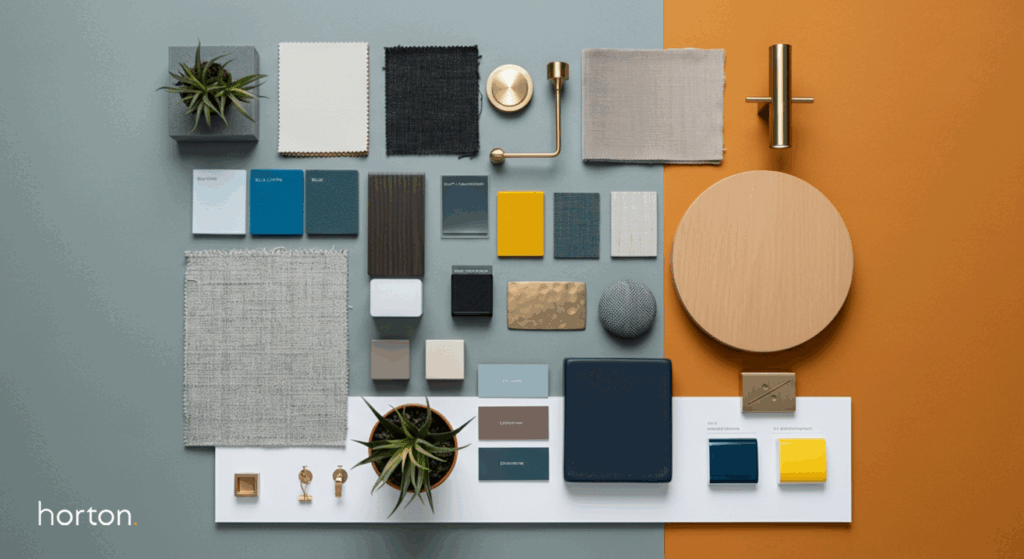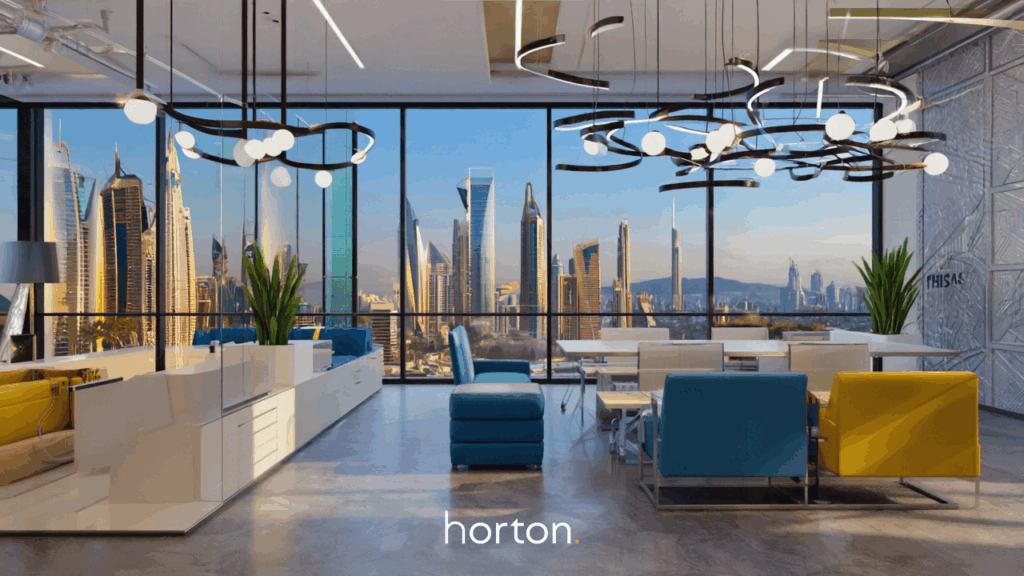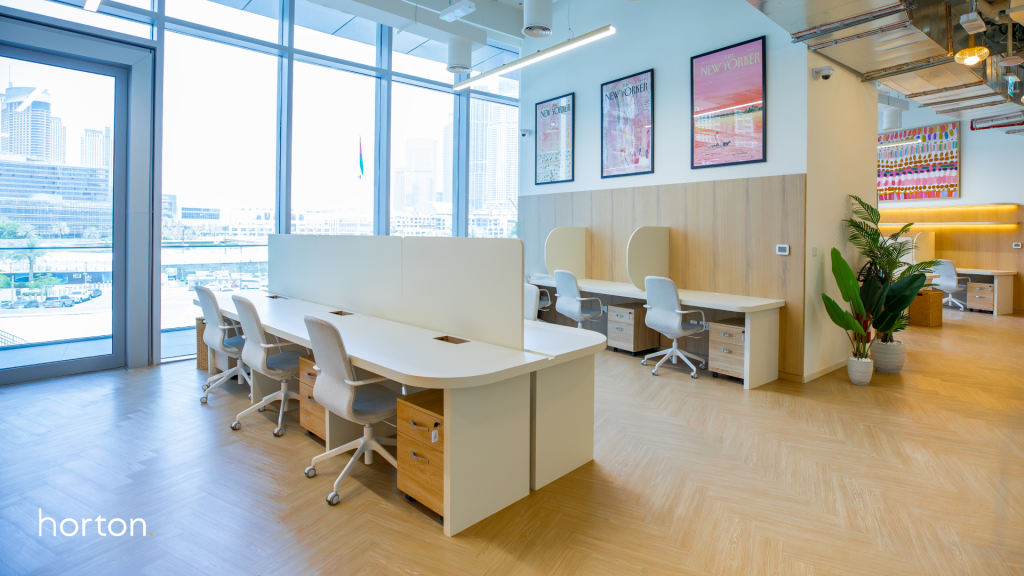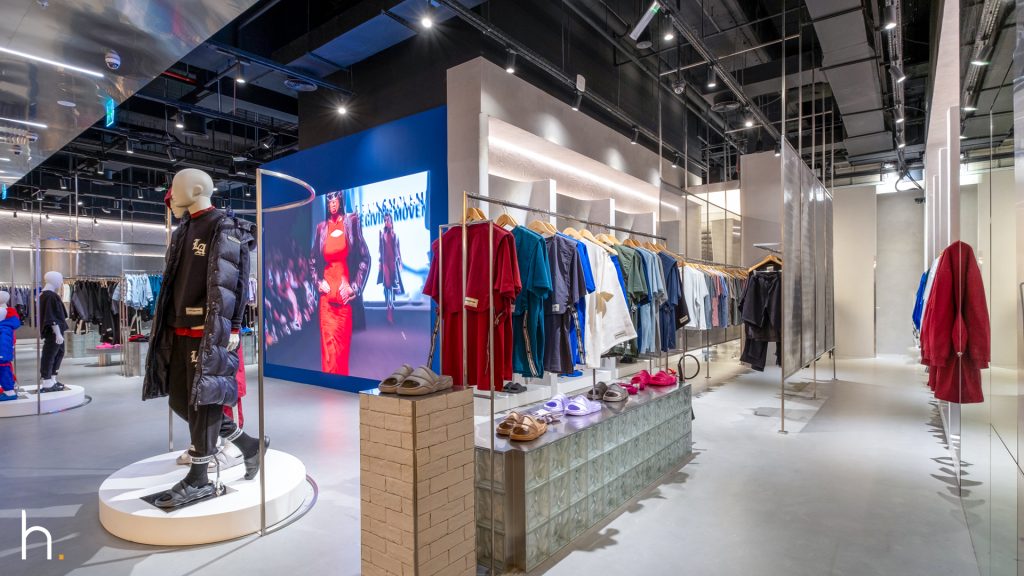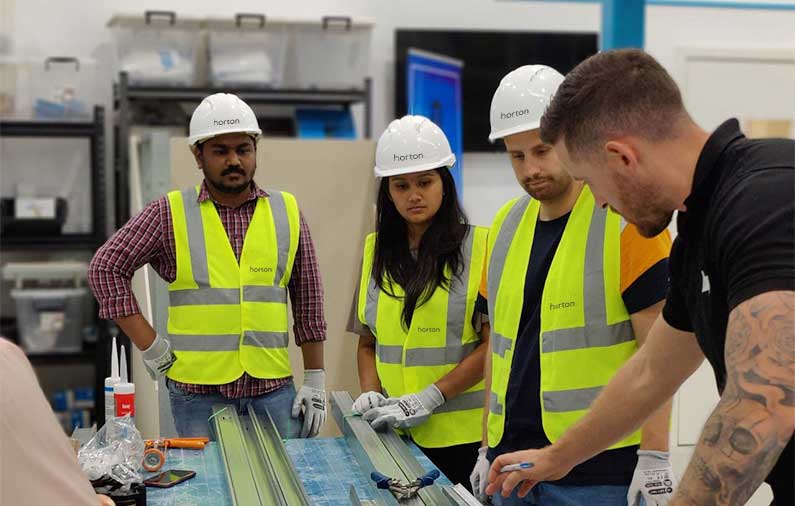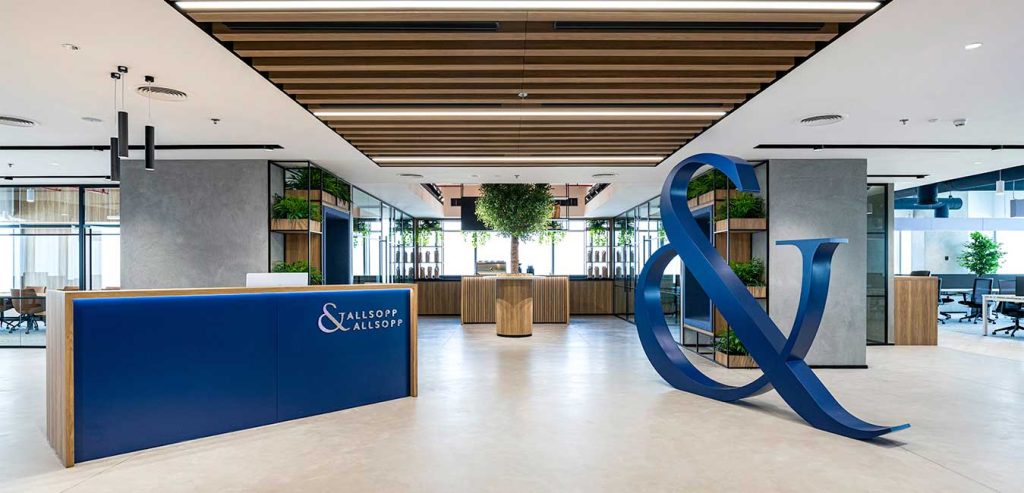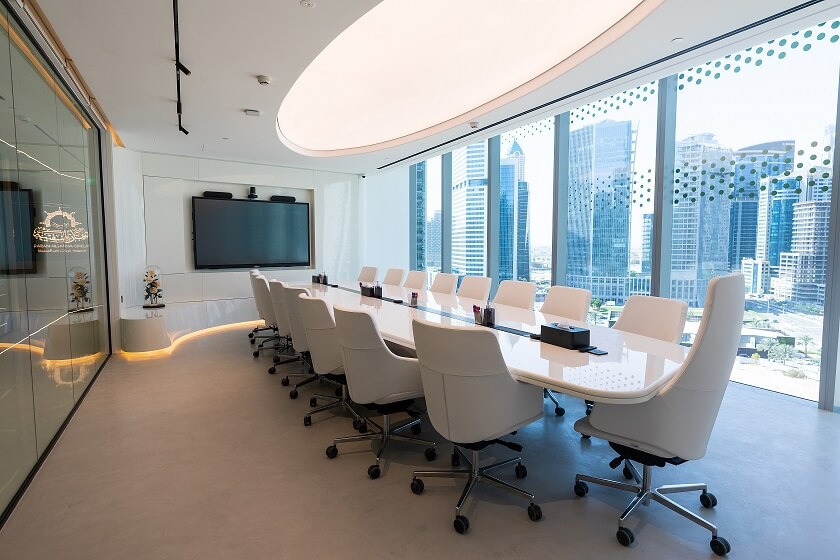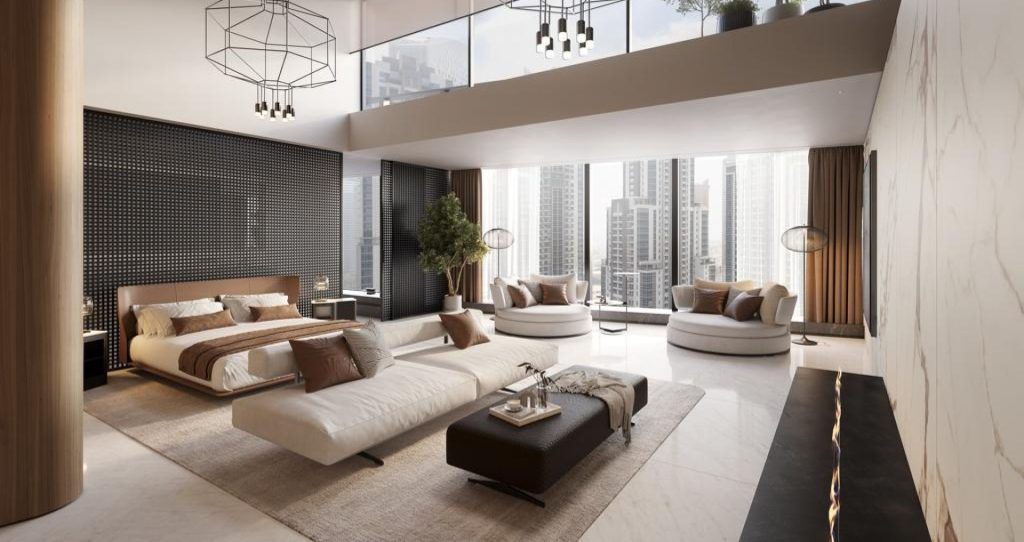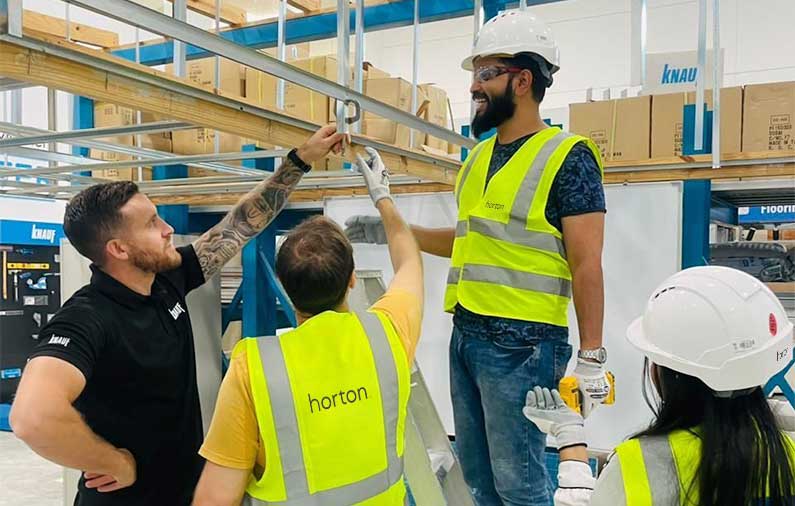Why flexible commercial interior design is transforming offices in UAE
Did you know that over 60 percent of companies across Asia-Pacific, including here in the UAE, are rethinking how their flexible commercial interior design shapes their workspaces? According to CBRE’s 2024 Office Occupier Sentiment Survey, flexibility in commercial interiors isn’t just a buzzword, it’s essential for keeping up with today’s fast-changing business environment.
If you’ve walked through an office interior design in Dubai or Abu Dhabi recently, you’ll notice a clear shift. Office interiors now go beyond fixed desks and traditional meeting rooms. Whether a fast-growing startup or a large corporation, organisations increasingly demand flexible workspaces that can evolve as quickly as their business. The demand for modern office design is unmistakable.
Why flexibility matters more than ever?
Office design used to be straightforward, with rooms serving one purpose and layouts fixed for years. But today’s work environment is anything but static. Companies need to adapt fast—scaling teams, adopting new technology, or responding to market shifts. Rigid, outdated office layouts no longer meet these needs.
That’s why hybrid office design and flexible layouts are gaining momentum. These spaces support diverse workstyles under one roof, from quiet focus to collaborative brainstorming.
What does flexibility actually look like?
Flexibility means more than movable chairs or desks. It’s a holistic approach involving smart layouts, adaptable materials, lighting, practical storage, and a focus on people’s changing needs.
Imagine spaces with:
- Seating that shifts easily between private nooks and group areas
- Partitions opening up for large meetings or closing for focused work
- Hot-desking setups that expand or contract based on team size
- Modular office furniture designed for quick tech integration and rearrangement
- Storage that moves and adapts as teams grow or change
This kind of flexibility ensures your office is never stuck with a static setup. It maximises space efficiency while keeping the environment fresh and functional.
Why are businesses embracing flexibility?
The UAE is a hub of rapid growth and innovation. It’s no surprise companies want offices that reflect this energy. Traditional layouts can feel limiting and slow progress, leaving employees feeling boxed in.
Adaptive office layouts allow a single space to support many activities seamlessly. In busy cities like Dubai and Abu Dhabi, smart office planning maximises every square metre without compromising comfort or style.
Even businesses not fully remote benefit from flexible and hybrid office design models, enabling quick reconfiguration for meetings or team changes. Flexibility supports new ways of working that are becoming the norm.
Flexibility gives you the edge
Flexible design isn’t just about aesthetics; it’s a business advantage. Companies with adaptable workspaces can scale smoothly, onboard teams faster, and respond to change without disruption.
This requires smart planning and a deep understanding of materials and how people use spaces. When done well, flexible offices reduce downtime, boost employee motivation, and extend workspace longevity.
That’s why commercial interior fit-out in UAE companies prioritise flexibility. Whether refreshing or completely redesigning, businesses want offices that grow and shift with them. Static offices are out, and adaptable, lively spaces are in.
Designing for what’s next
Flexible commercial interiors are no longer a luxury, they’re essential for businesses ready to thrive now and in the future. Solutions like modular office furniture and multi-purpose rooms encourage innovation and adaptability.
Flexibility reflects a growth mindset and readiness for change. Designing your office with flexibility in mind ensures it stays relevant and supportive, no matter what comes next.
At Horton Interiors, we’ve partnered with many clients across the UAE to deliver spaces balancing flexibility with functionality. We’ve seen firsthand how thoughtful design helps businesses grow and keeps teams inspired, today and for years ahead.

